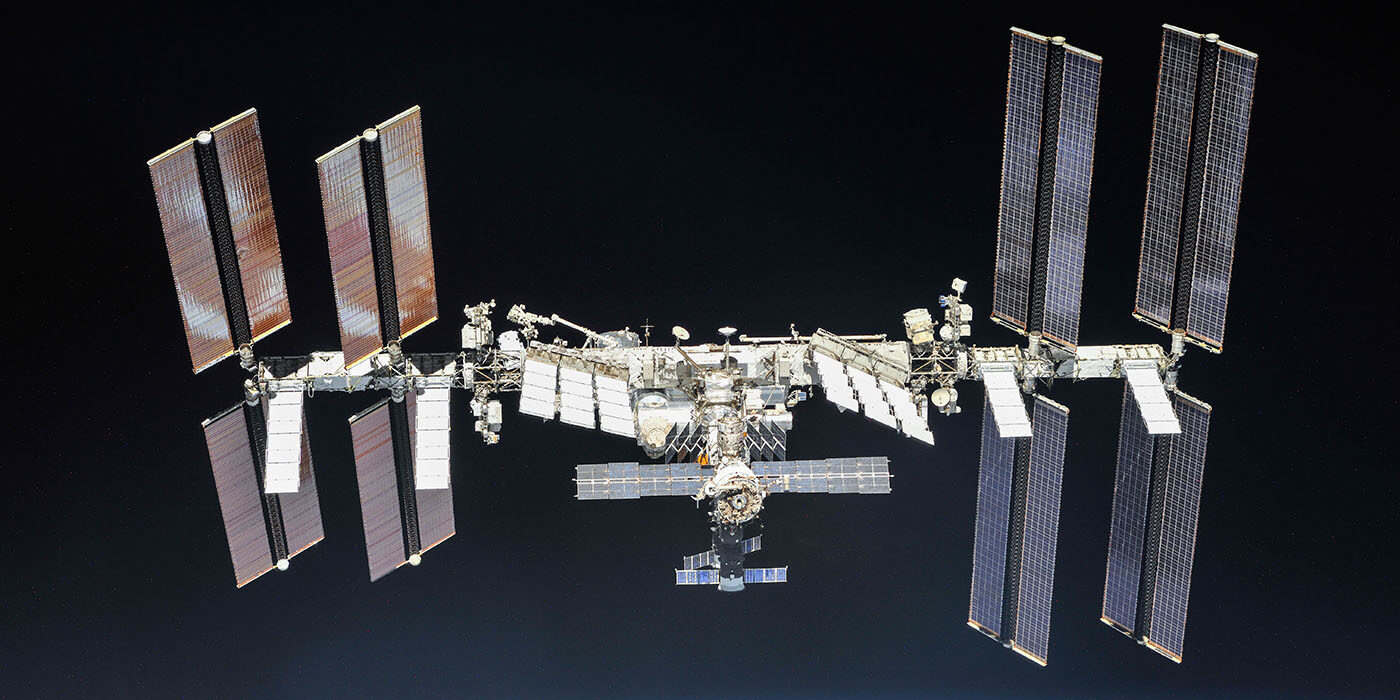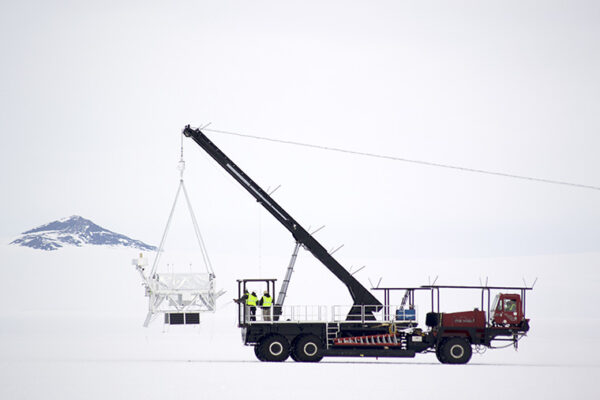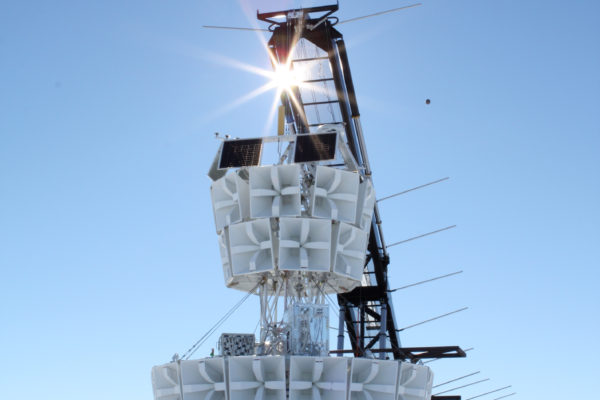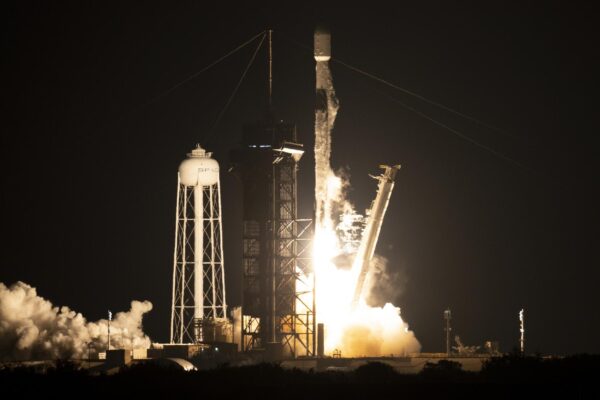Physicists from Washington University in St. Louis are developing a new experiment envisioned for the International Space Station as part of NASA’s Astrophysics Pioneers Program. The Trans-Iron Galactic Element Recorder for the International Space Station (TIGERISS) will be designed to measure the abundances of ultra-heavy galactic cosmic rays. Pioneers Program missions have a total cost cap of $20 million.
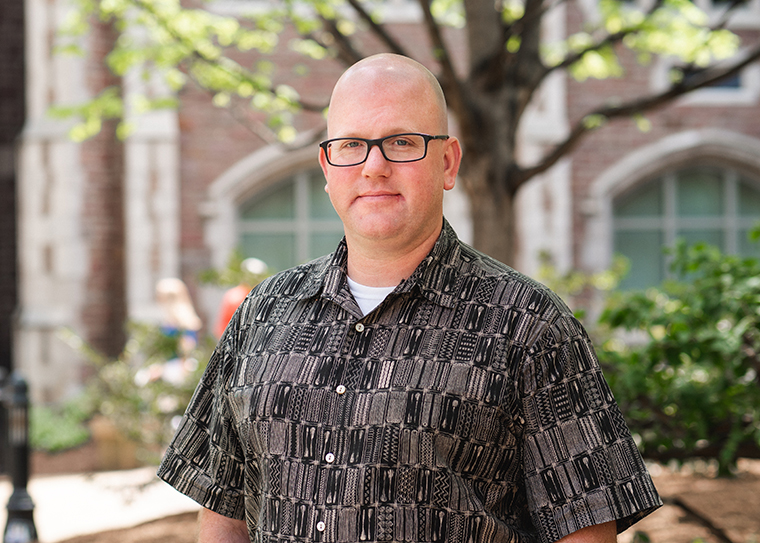
TIGERISS is an evolution of the TIGER and SuperTIGER balloon-borne instruments also created by scientists in Washington University’s Department of Physics in Arts & Sciences over the past three decades.
“TIGERISS has the unprecedented ability to measure galactic cosmic ray abundances with single-element resolution spanning the periodic table from boron to lead,” said Brian Rauch, research associate professor of physics in Arts & Sciences, principal investigator for the TIGERISS program. “At the end of the five-year mission, our transformational measurements will increase understanding on how the galaxy produces and distributes the elements.

“TIGERISS also aims to strengthen and add to the new generation of leaders emerging in galactic cosmic ray instrumentation and analysis for future space-flight missions,” said Rauch, who is a faculty fellow of the university’s McDonnell Center for the Space Sciences.
Other Washington University team members include Wolfgang Zober, a physics PhD candidate, as science principal investigator for TIGERISS, with engineering support from Richard Bose and Izabella Pastrana, all in physics.
Origins of heavy elements
All stars exist in a delicate balance — they need to put out enough energy to counteract their own gravity. That energy comes from fusing elements together to make heavier ones, including carbon, nitrogen and oxygen, which are important for life as we know it. But once a giant star tries to fuse iron atoms, the reaction doesn’t generate enough power to fight gravity, and the star’s core collapses.

This triggers an explosion known as a supernova, and shock waves cast out all of those heavy elements that had been made in the star’s core. The explosion itself also creates heavy elements and accelerates them to nearly the speed of light — particles that scientists dub “cosmic rays.”
But that’s not the only way heavy atoms can form. When a super-dense remnant of a supernova called a neutron star collides with another neutron star, their cataclysmic merger also creates heavy elements.
TIGERISS won’t be able to point out particular supernovae or neutron star collisions, but “would add context as to how these fast-moving elements are accelerated and travel through the galaxy,” Rauch said.
So how much do supernovae and neutron star mergers each contribute to making heavy elements? “That is the most interesting question we can hope to address,” Rauch said.
“TIGERISS measurements are key to understanding how our galaxy creates and distributes matter,” said John Krizmanic, TIGERISS’s deputy principal investigator, based at NASA’s Goddard Space Flight Center in Greenbelt, Md.
Contributing institutions on TIGERISS include NASA’s Goddard Space Flight Center; Howard University; Pennsylvania State University; University of Maryland, Baltimore County; and Northern Kentucky University.
Commercial engineering company KBR Inc. also joined in the proposal, which was supported by Washington University’s Research Development Office and the McDonnell Center for the Space Sciences. Aerospace company Boeing Co. contributed a letter of support.
Balloon science elevated
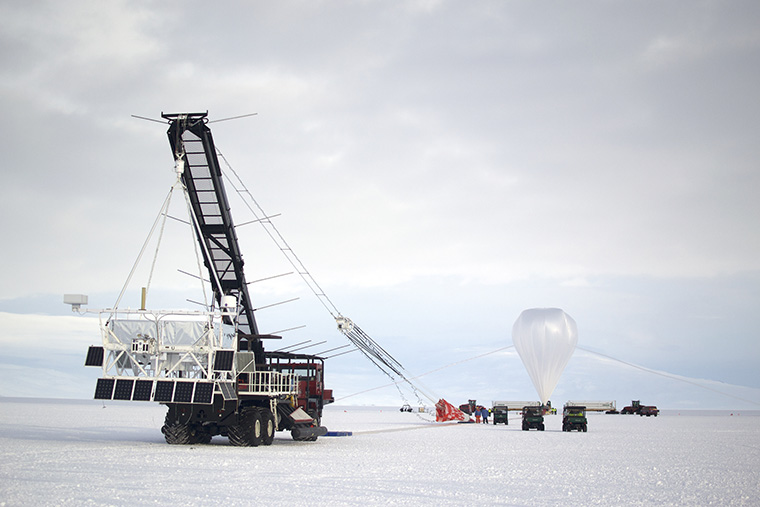
Snagging a spot on the International Space Station has many advantages over flying an instrument on a long-duration scientific balloon, as Rauch has done in the past.
But those grueling balloon flights from Antarctica provided compelling science results that clearly demonstrated the utility of the basic experimental approach.

Rauch credits previous research by physicists Martin H. Israel and W. Robert Binns — including both balloon-borne instruments and studies with space instruments — for helping to establish Washington University as a leader in the study of cosmic rays.
On the International Space Station, the TIGER instrument family would soar to new heights. Without the interference from Earth’s atmosphere, the TIGERISS experiment could make higher-resolution measurements and pick up heavy particles that wouldn’t be possible from a scientific balloon.
A perch on the space station would also allow for a larger physical experiment — 3.2 feet (1 meter) on a side — than could fit on a small satellite, increasing the potential size of the detector. And the experiment could last more than a year, compared to less than two months on a balloon flight. Researchers plan to be able to measure individual elements as heavy as lead, atomic number 82.
“Compared with its predecessors, TIGERISS will have a greatly improved capability to definitively identify ultra-heavy galactic cosmic ray nuclei,” Rauch said. “This has been demonstrated in component accelerator tests at CERN, including using silicon strip detectors in place of scintillators.”
TIGERISS joins four experiments in the Pioneers Program that are at a more advanced stage of development, having passed their initial review this year. Rauch is the institutional principal investigator for Washington University on one of these other Pioneers Program experiments, the PUEO program led by the University of Chicago.
Read more about TIGERISS on the NASA webpage.
